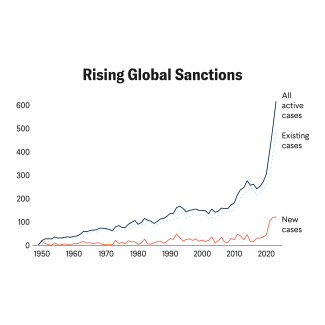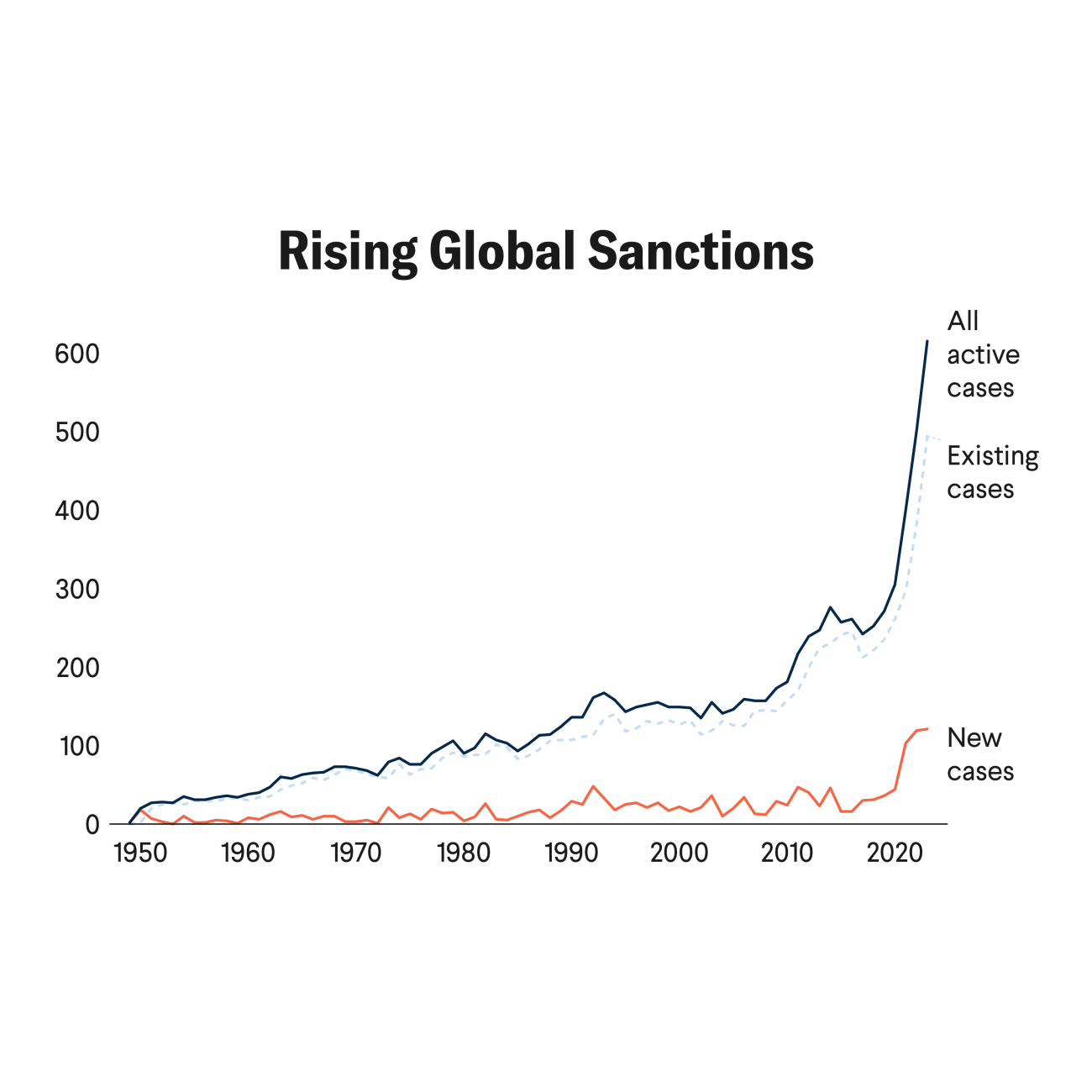Many heartfelt tributes have been offered from across the world in the wake of President Jimmy Carter's death on December 30, 2024. His work and that of his wife, Rosalynn, in nearly eradicating guinea worm disease—alleviating the suffering caused by many other neglected illnesses and highlighting the power of simple public health interventions—emphasizes the noteworthy lesson that progress isn't just about advancing medical technology.
His encouragement of major pharmaceutical companies such as Merck and GSK to launch donation programs for neglected tropical diseases and inspiring Bill Gates and Melinda French to prioritize global health in their philanthropic endeavors—made his contributions all the more extraordinary. Yet recounting his impact on global health most likely won't be something you have already read. My tribute starts with a personal story about a small village in India halfway between my childhood home and my school. That's where I learned about President Jimmy Carter.
Every morning, I took a bus from my family's home in Gurgaon (now Gurugram), to my school in South Delhi. Among its many stops, the bus would halt at a nondescript village called Carterpuri, where a classmate boarded the bus. The name Carterpuri piqued my curiosity because it was an unusual name for a sleepy little Indian village. When I asked my parents about it, their response was terse: "It's named after a U.S. president, Carter, who supposedly adopted this village."
Progress isn't just about advancing medical technology
I was in high school at the time, fascinated by space exploration, NASA, telescopes, nuclear physics, and the emerging world of computers—fields that made the United States seem like the epicenter of activity. Because the internet was still in its infancy and Google didn't exist, libraries were the primary gateway to knowledge. My curiosity about Carterpuri's story therefore led me to the American Center Library in Delhi. My search wasn't systematic and I didn't find a lot, but I did uncover the history of the village's name.
Lillian Carter, Jimmy Carter's mother—known in U.S. international development circles for joining the Peace Corps at the age of 68—spent time in India working with leprosy patients in a suburb of Bombay (now Mumbai). During this period, she visited the village of Daulatpur Nasirabad, in Haryana, on the outskirts of Delhi, where she contributed to health initiatives. The village elders knew her and deeply respected her contributions as a humanitarian health worker. When President Carter visited India, Lillian Carter's recommendation led him there.
On January 3, 1978, the final day of his visit, Carter and his wife visited Daulatpur Nasirabad. Villagers received them warmly and, with some nudging from Prime Minister Morarji Desai, they, led by sarpanch (village council chief) Bhoop Singh Yadav, decided to rename the village Carterpuri.
Since that day, January 3 has been celebrated as a holiday in Carterpuri. When Carter won the Nobel Peace Prize in 2002, the villagers held festivities and fireworks to celebrate. "He was a man of grace and politeness," the village sarpanch noted when he was interviewed during President Donald Trump's visit to India in 2020.

Carter's visit came after a period of intense tension in U.S.-India relations, a global rise in authoritarianism, and nuclear nonproliferation. What Carter said in his remarks to the Indian Parliament in 1978 still rings a bell today: "For the remainder of this century and into the next, the democratic countries of the world will increasingly turn to each other for answers to our most pressing, common challenge: how our political and spiritual values can provide the basis for dealing with the social and economic strains to which they will unquestionably be subjected."
During Carter's visit, the U.S. secretary of state and the Indian foreign minister worked to finalize several cooperation agreements. Among the most consequential of these was the partnership for sharing Landsat data—a joint program of the National Aeronautics and Space Administration and the U.S. Geological Survey to acquire satellite imagery of Earth—and setting up a Landsat station in India that allowed for satellite imaging.
The partnership to share Landsat data enabled India (and other partners) to make better decisions about drought-affected areas in order to provide relief. The program, however, faced criticism over the structure of its data sharing agreements. Skeptics viewed it as a surveillance mechanism without any of benefits for data sharing or interventions. Although Landsat was successfully implemented in India, the initial controversy over the program brings to mind today's debates over the structure of the pathogen access and benefit-sharing provision of the Pandemic Agreement as part of the global health security efforts at the World Health Organization and other global agencies.
Carter's visit to India was covered extensively by the media. A comment in the Hindustan Times sums it up best: "Mr. Carter's Delhi visit has been an occasion for both countries to rededicate themselves to common ideals which, when ties weaken, are . . . the first to be forgotten."
The naming of Carterpuri was a perfect example of intertwining local tradition with global change
One might think that a small village in the middle of India may have been only perfunctorily named after a U.S. president and has little relevance for how international development, global health, or contemporary modes of foreign policy are carried out today. I argue otherwise. Much has changed, but some of the core issues and tensions remain.
The naming of Carterpuri was a perfect example of intertwining local tradition with global change. It also reflected the tensions that linger in the relationship between aid recipients and donors. "Neither did the government agree to accept assistance from America for the village's development, nor did it do anything on its own. The only thing that has changed for us in the past 20 years is the name of our village," said Yaad Ram Yadav, former sarpanch of Carterpuri.
Today, the village is a small pocket in a fast-developing metropolis. A few world-class private hospitals lie within its 5-kilometer (3-mile) radius, but the public health subcenter is small, dilapidated, and ill equipped to deal with malaria, dengue, and the other conditions prevalent in the village. Thus the quest for better health in India and around the world is still centered on health equity and finding ways to bring health care to the underserved.
International cooperation cannot function in the absence of collective commitment and clear benefits for local, state, national, and global actors. Theories of international development and global health cooperation should reconcile with societies in which the conditions of daily life change often.
Carterpuri's 3,000 homes, nestled between two upscale residential and commercial hubs, reveal that the arc of development doesn't always flow evenly. Bridging the inequity in health and living conditions often calls for collaborative development efforts that extend beyond the local.
For me, Carterpuri is more than just a reminder of President Jimmy Carter and his legacy—it is a reminder of the value of global and bilateral cooperation in science, technology, and the pursuit of health equity.



